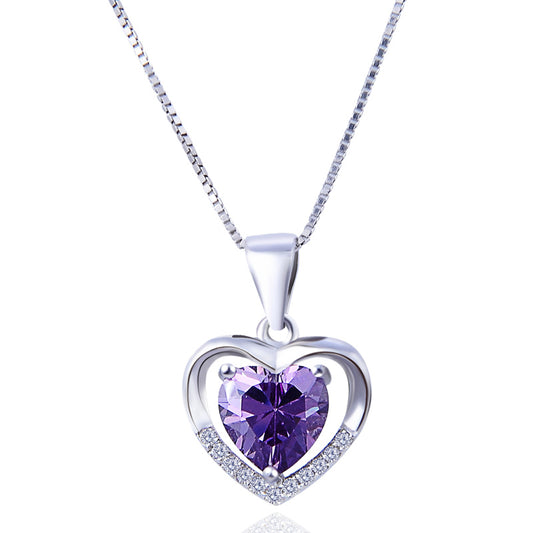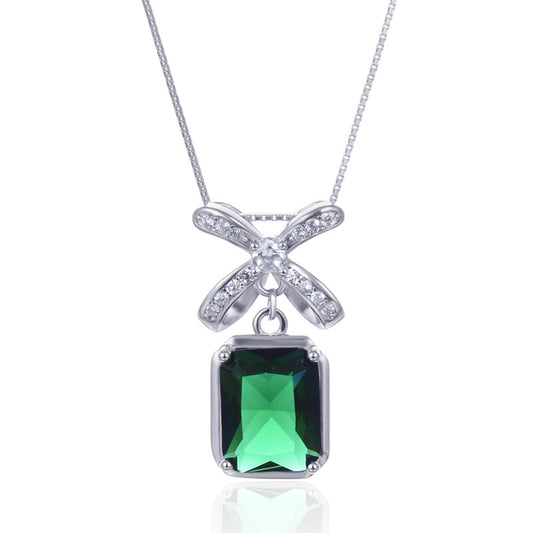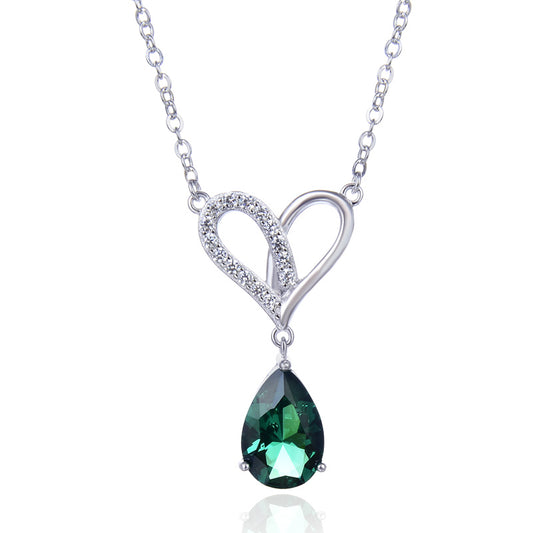How Many Countries Celebrate International Women's Day?
On March 8th, the world comes together to celebrate International Women's Day. This day is not just a commemoration; it's a global call to action for gender equality and women's empowerment. But how widespread is this recognition? How many nations worldwide officially observe this significant day?
The answer is both heartening and revealing. Over 100 countries across the globe officially recognize and celebrate International Women's Day. This diverse group of nations, spanning continents, cultures, and political landscapes, underscores the universality of the struggle for women's rights.
In Europe, countries like France, Germany, and Italy have a rich history of commemorating International Women's Day. These nations host public events, marches, and festivals, highlighting women's achievements and calling for progress in areas like equal pay and political representation.
North America, particularly Canada and the United States, also actively participate in the celebrations. Events focus on lifting up women's leadership and addressing specific issues like workplace discrimination and reproductive rights.
South America, with countries like Brazil, Argentina, and Colombia, has a vibrant feminist movement that uses International Women's Day as a platform to advocate for policies supporting women's advancement.
Africa, Asia, and the Pacific region are also integral to the global celebration. Nations as diverse as Nigeria, South Africa, India, China, and Australia organize a range of activities, from cultural performances to educational workshops, aimed at empowering women and girls.
The Middle East and North Africa (MENA) region, despite facing unique challenges in promoting women's rights, has seen a growing participation in International Women's Day events. Countries like Egypt, Morocco, and Turkey are making efforts to celebrate women's contributions and push for reforms.
It's important to note that while many countries officially recognize International Women's Day, the celebrations' scale and nature can differ significantly. Some may have grand public events, while others focus on smaller, community-based initiatives. The political and social context of each country shapes the day's themes and messaging.
Despite the progress, challenges persist. Gender inequality is still a reality in many parts of the world, and women face barriers in education, healthcare, economic opportunities, and political representation. The COVID-19 pandemic has further exposed and exacerbated these disparities.
International Women's Day serves as a critical reminder of the urgent need to accelerate progress towards gender equality. It's a day for governments, civil society organizations, businesses, and individuals to unite and commit to tangible actions that advance women's rights and well-being.
As the world marks another International Women's Day, it's evident that the movement for gender equality has gained significant momentum. However, there's still much work to be done, and it's crucial that this global solidarity translates into meaningful and lasting change for women and girls everywhere.








